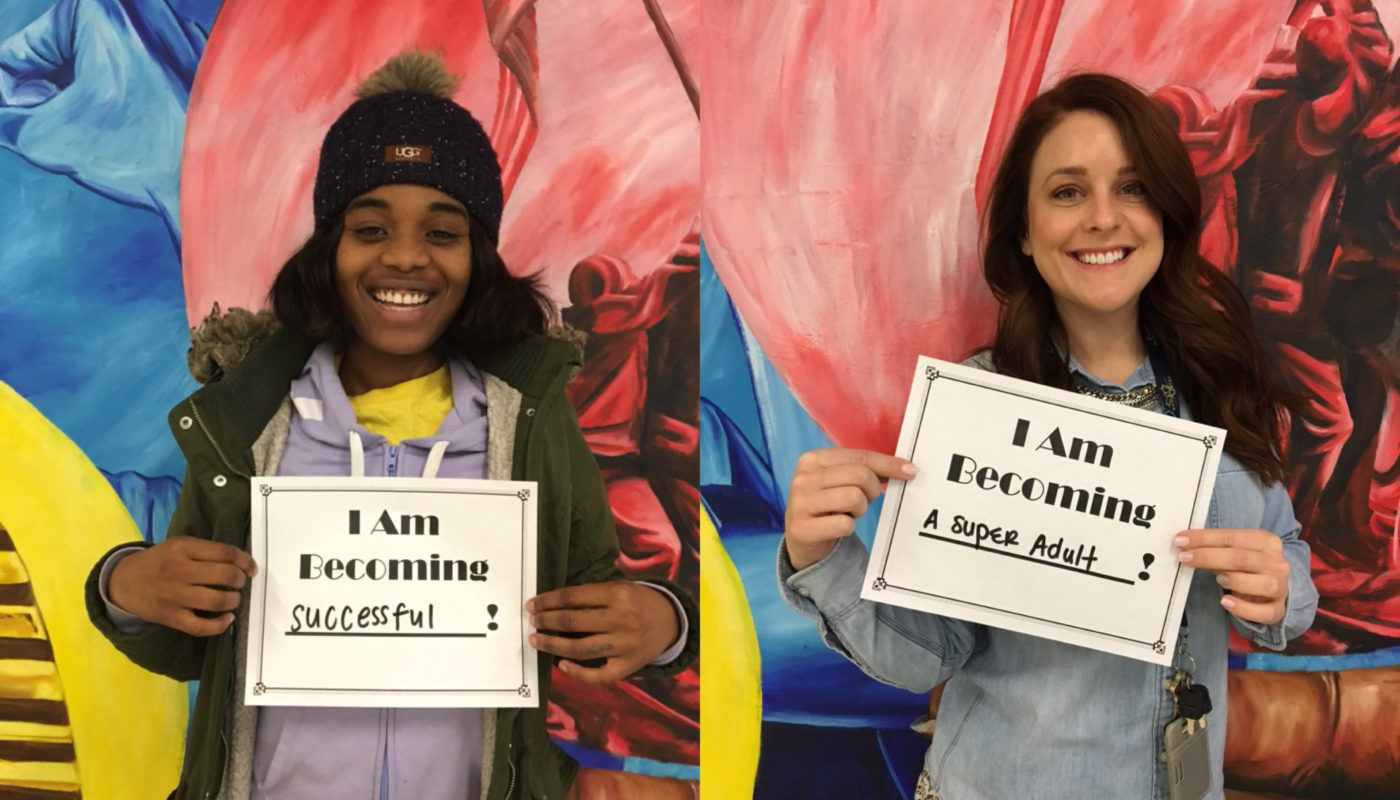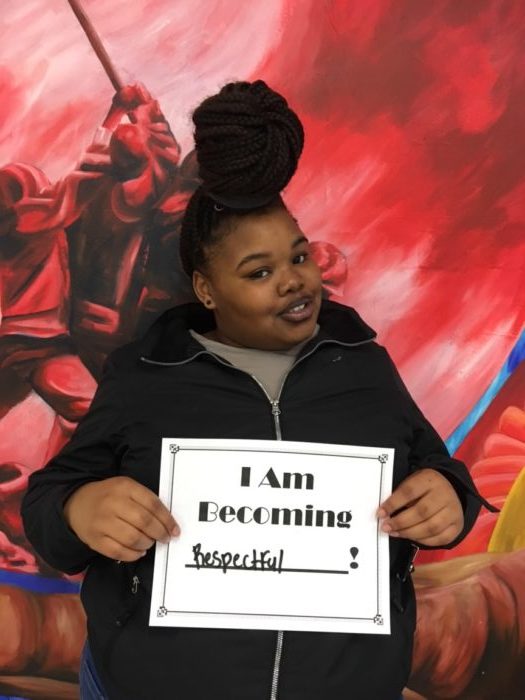
Alternative schools are not new to the American education system. Magnet schools, charter schools, and schools within schools are all examples of alternative schools — basically, a school that falls outside the traditional public school system.
Personalizing the educational journey for each student remains a shared goal of alternative schools, regardless of their model.
This is the driver for two very different alternative schools that use the Summit Learning approach — one a public charter cyber school for grades K-12, the other a behavioral-based alternative high school serving overage and under-credited students.
Now both in their third year of using the approach, both schools have learned hard lessons about what works and what doesn’t for their student population. And, both schools have shared the positive student impacts that keep them motivated to continue personalizing learning for their students.
A Tale of Two Alternative Schools
Central PA Digital Learning Foundation (CPDLF)
CPDLF is a 24/7 asynchronous, public charter cyber school that offers Summit Learning to students in grades 3-10. Students enroll at CPDLF for a variety of academic, social, and medical reasons. Many students may have spent years in their district’s public school, but are still behind academically or socially.
Students complete their schooling from home under the guidance of a parent or legal guardian. Aside from a required in-person enrollment and on-boarding day, most interactions happen online. Students who live close to the school’s physical location in Duncansville, Pennsylvania, also have the option to attend in-person learning labs for extra help throughout the week.
The school’s guiding motto is “connect, engage, and empower.” But forming strong connections between teachers and students can be challenging in this type of remote environment. “In a cyber world, where students are not required to be on the computer at any set time, it’s easy for them to disappear and hide,” says CPDLF Principal Kim Salyards.
This is why CPDLF makes mentoring a priority.
“With Summit, we look at mentoring as a very critical piece of what we do,” says Principal Salyards.
Every student at CPDLF, regardless of whether they formally participate in Summit Learning’s curriculum, has a mentor.
CPDLF mentors are called learning guides, and they’re responsible for reaching out to students each week and building a relationship. That’s often done through virtual conferencing and supported by tools like the Summit Learning Platform and email. This year, says Principal Salyards, CPDLF has seen a big jump in its learning guides’ ability to make connections and help students build stronger self-direction in their learning.
Kiara Horton is a 6th grade student at CPDLF. Each week, she meets with Kylie Magargi, her learning guide and also a special education teacher at CPDLF. Outside of science — her favorite subject in school — Kiara likes music and art, farming, and taking care of people and pets. She currently has a dog, two cats, two ferrets, and two chickens; she and Ms. Kylie share and connect over their love for animals weekly.
“[Before I had a learning guide], I felt very behind; I was [almost] failing in a lot of my classes because I didn’t have someone to help me… having a [learning guide] helps me progress, I’m not always stuck on something,” says Kiara.

Her mother and learning coach, Rashida, explains that Kiara’s needs just weren’t being fulfilled in her former public school. As her learning coach, Rashida helps Kiara stay on track with her schedule and coursework.
But it’s also the ability for Kiara to track her assignments and projects via the Summit Learning Platform, and the steady teacher and mentor support, that has helped Kiara move forward in her learning. “If there’s something I don’t understand, Ms. Kylie — and all of the teachers — help.”
Kiara is even finding that she’s now able to help other students study a topic. “Every time Kiara finishes [a focus area], she gets the option of being a student mentor… and she’s volunteered on almost everything she’s done,” says Rashida.
Ballou STAY Opportunity Academy
Located in Washington D.C., Ballou STAY Opportunity Academy is an alternative high school serving students ranging in age from 16 to 24. About 95% of students come to Ballou STAY because of a history of poor attendance.
The alternative school has been around for about 35 years. In that time, Ballou STAY’s model has evolved from what many knew as a “night school” to a fully comprehensive high school alongside vocational training programs. The comprehensive high school, which uses Summit Learning, is allows students another chance to earn their high school diploma.
Ballou STAY’s educators have faced the daunting task of how to best help a group of students who enter school at various times of the year and are in different places in their learning.
Principal Cara Fuller articulated the critical issue: “How do you change a culture of students that is very much anti-school? These are students who have been kicked out of school, who do not see school as a productive means of anything.”
Providing high-quality instruction that meets a wide range of learning needs is enough of a challenge; when students frequently show up late or don’t come to school often, that challenge is multiplied. The Summit Learning approach has helped teachers bridge these gaps.
“What Summit allowed us to do… is normalize and give a consistent experience to every single student, no matter where [they are in their learning]”, says Principal Fuller. Regardless of when students return to class, their progress in each of their courses is saved for them in the Summit Learning Platform.

Seeing and tracking progress in the Platform also gives students clear visual achievements to celebrate. And as students get closer to completing their credits, Principal Fuller has noticed improvement in individual attendance.
“Our overall data does not suggest attendance improves, but student data suggests that as students get more credits and gets closer to 11th and 12th grade, their individual attendance completely improves,” explains Principal Fuller.
“As they feel more successful, it’s easier to get kids to buy in. And that’s everything.”
Principal Fuller notes that Summit provides an anchor point for the school’s curriculum, though educators make changes and scaffold the experience to make learning meaningful for students. For example, in 2017-18, Ballou STAY introduced senior presentations to give students an opportunity to speak on and present some of what they’ve learned throughout their high school experience.
“We have really amazing teachers who’ve created ways for students to express themselves,” says Principal Fuller. The video below showcases The Monument Project completed by students in Lakisha Williams’ English class.
Final products have evolved from mostly essays to voice threads, interviews, and other hands-on products. “We’ve evolved to make the learning experience more diverse and engaging. However, because of attendance, that learning pathway is very individual,” she explains.
The social-emotional aspects of the approach — developing strong habits of success and building relationships with mentors — have also provided a strong foundation for learning.
“Summit gives kids opportunities to practice [starting and finishing something] over and over again,” explained Principal Fuller. “It has required us to adjust every component of our program in order to… build the kind of resiliency that students need to progress well,” she says.
“Summit makes it clear that no matter what [path you take after high school], you’ve got to be a critical thinker… and that is the basis of what you need in life.”
Hear from other schools about the impact of personalized learning on their students and communities.

